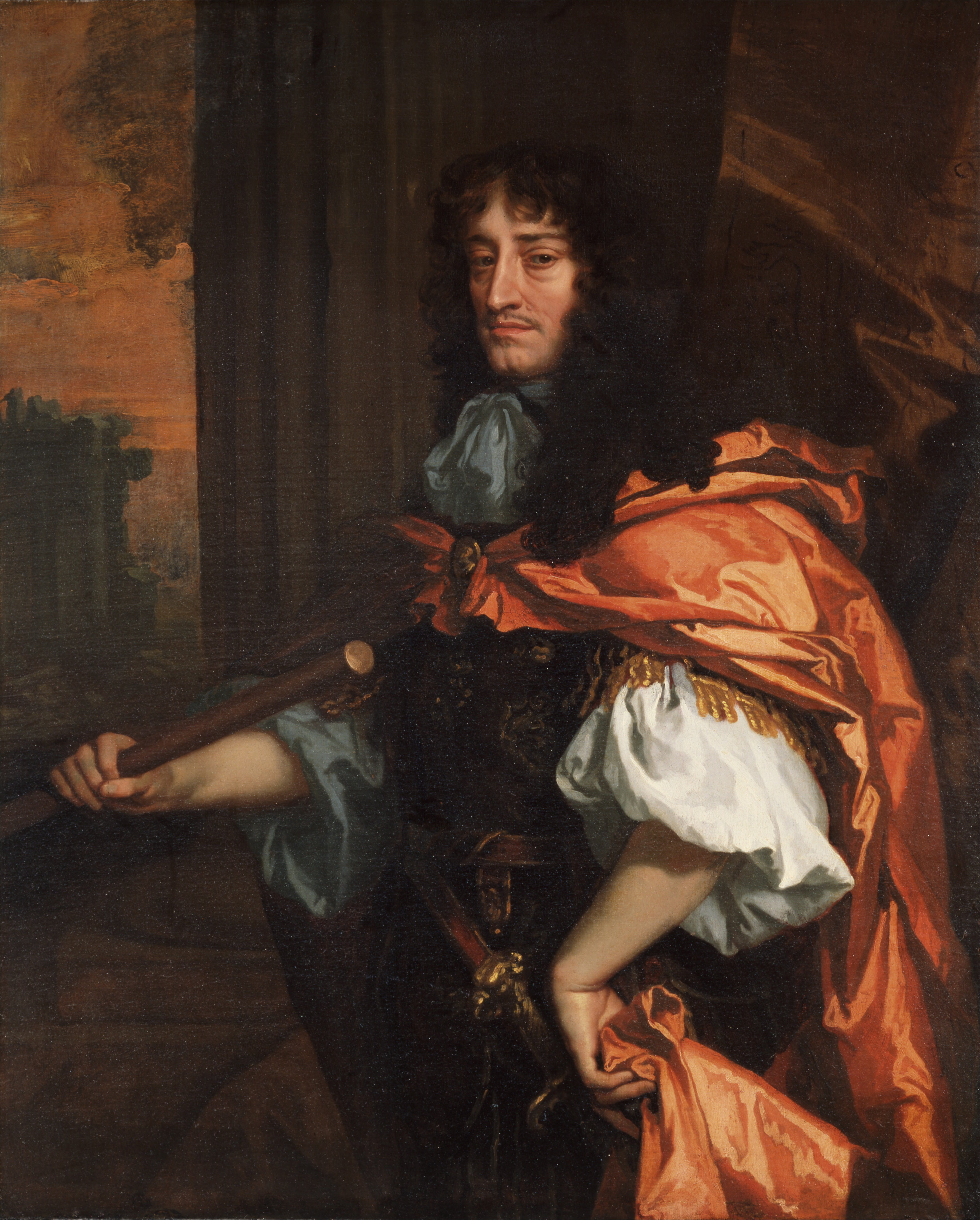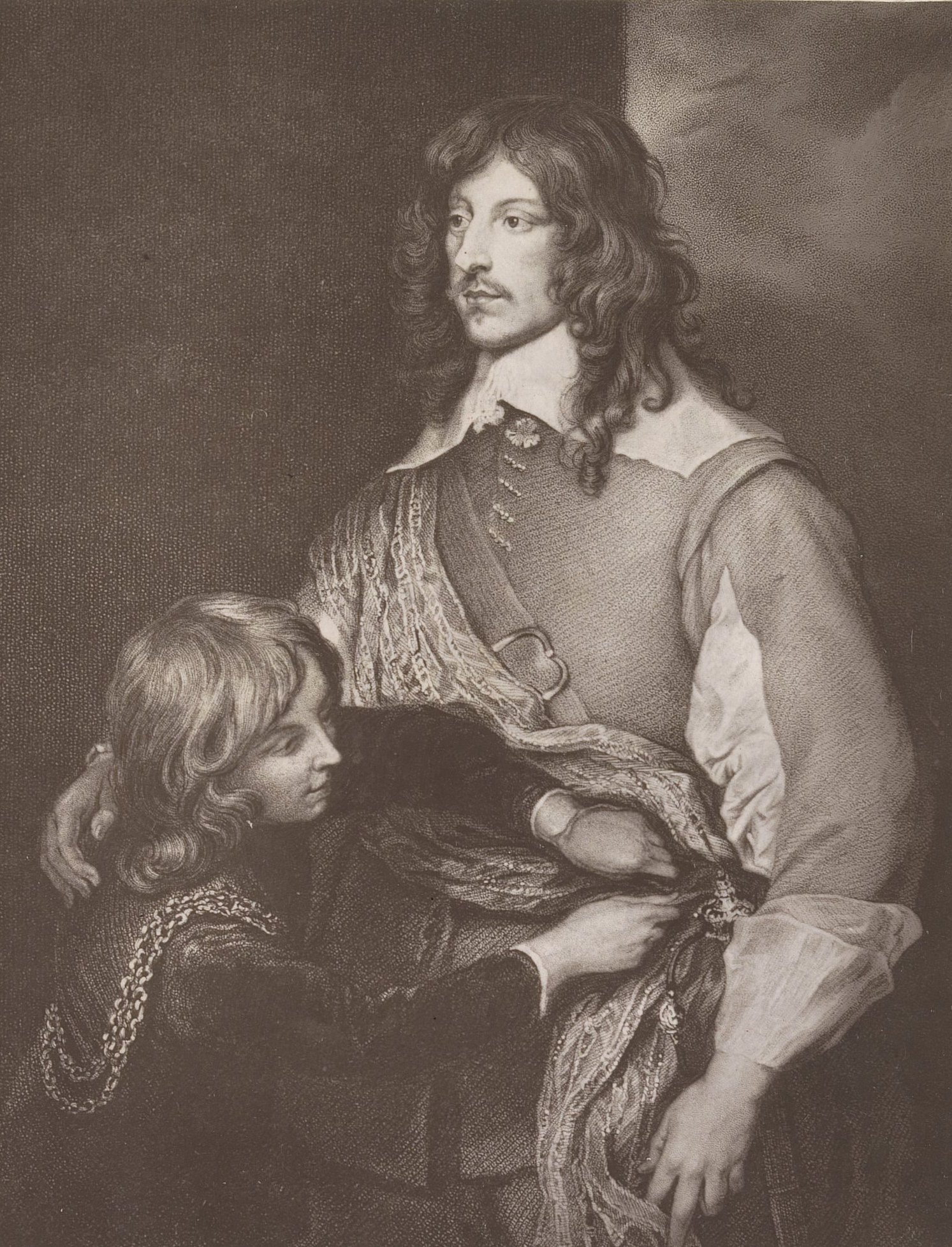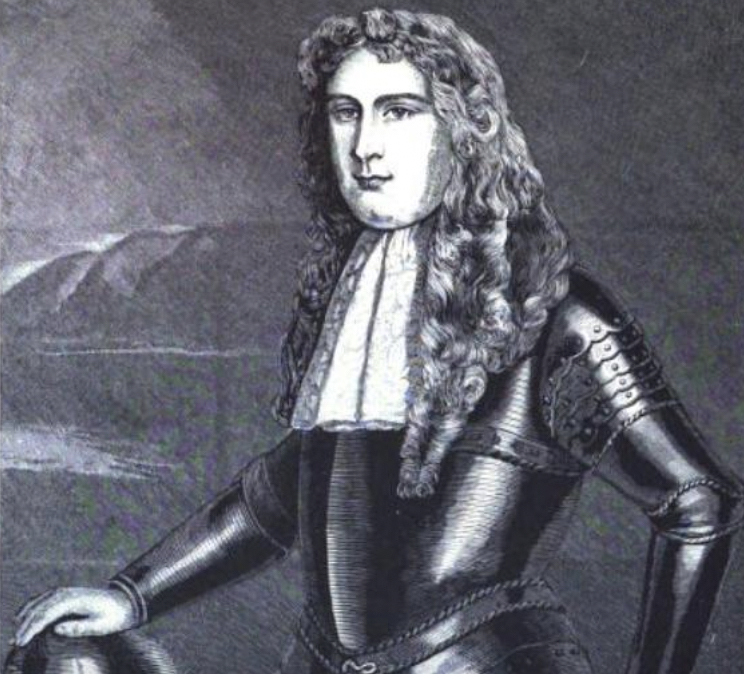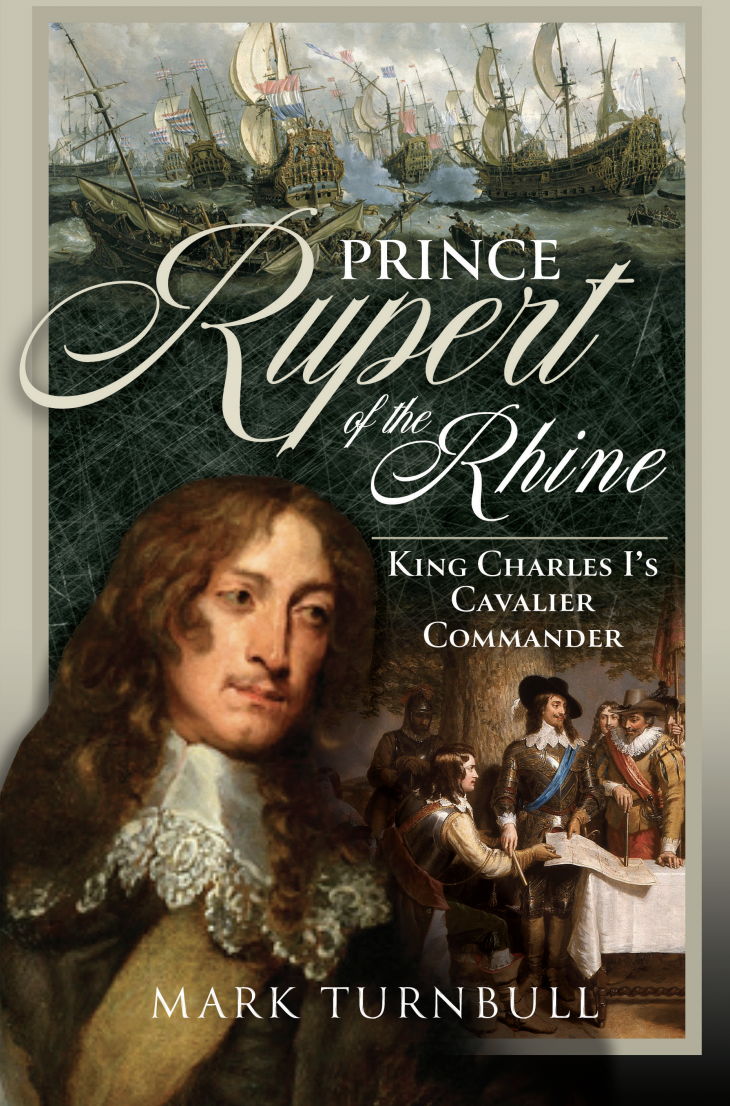Prince Rupert’s Affair with Katherine Goring

It’s well documented that the civil wars pitched brother against brother and father against son, but they also saw husband and wife divide over loyalty to king or parliament. This was the case with Lady Katherine Scott and her husband, Edward.
Married in 1630, the couple at first seemed content enough. George Goring, later first Earl of Norwich and a good friend of Queen Henrietta-Maria, was Katherine’s father. Her brother was the thoroughly debauched George Jnr of civil war infamy. Katherine moved to her husband’s seat – Scott’s Hall, in Kent – but barely one year later she left. Isolation from society, which was her natural habitat, was not to her liking. She was an extrovert, whereas her husband was the opposite, and quite controlled by his family. The Scotts were also frustrated because George Goring consistently failed to stump up the dowry. Katherine’s absence lasted three years, and the king even intervened to assist. Though she did return to the marital home, the reunion was brief, and another three-year absence soon followed. While relations between husband and wife soured, so too did trust between King Charles I and Parliament, leading to civil war in 1642. Parliament wooed Edward Scott, while Katherine followed the court to royalist headquarters at Oxford.

At the epicentre of these momentous years, Katherine watched the king’s glamourous nephew, Prince Rupert of the Rhine, pull the royalist cause up from the doldrums. The blunt, no-nonsense prince toiled for his uncle until the royalists were at their zenith, following his capture of Bristol on 26 July 1643. When Scottish Covenanters entered the war on the side of Parliament, royalist decline brought the prince’s naysayers out of the woodwork: men such as George Digby, Henry Wilmot, and Henry Percy sharpened their knives. After Rupert’s defeat at Marston Moor, on 2 July 1644, intrigues left the prince depressed and deflated. By the end of 1644, after proffering several resignations, he was recorded by Arthur Trevor as briefly languishing in Bristol ‘so much given to his ease and pleasures’.
When George Goring wrote to Rupert on 12 April 1645, he was uncertain of the prince’s exact whereabouts. Rupert had by this time fallen out with Goring and distanced himself from the man. Goring’s sister, however, was a different matter. In a letter of Rupert’s dated 11 March 1645 to Colonel ‘Will’ Legge, one of his closest friends, the prince included a few enigmatic words that would help unravel his relationship with Katherine. The prince wrote that he could tell a story of Goring’s sister. Having never been picked up before, this gave the first tangible link to Katherine, and from the horse’s mouth at that. Then, in the Scott papers, came a further revelation. As the royalist cause foundered, a blindfolded royal physician was secretly sent to lodgings where Katherine gave birth with his support. A family friend of the Scotts wrote to Edward assuring that he could ‘vouch uppon knowledge’ of it all. Rupert was named. The revelation left Edward unable to ‘re-admitt [Katherine] without mine owne ruine, & the ruine of my family.’

Though military hostilities in England ended in 1646 with the king’s surrender, Katherine had to battle for her reputation and the future of her child. She raced to Nettlestead House, one of Edward’s properties, in a bid to speak to him. With her royalist father considered a delinquent, King Charles I in captivity, and Rupert having left the kingdom, there was little else to do. In a drastic step she barricaded herself inside Nettlestead, and Edward employed soldiers to besiege the place. They cut off the water supply, leaving Katherine ‘prittie hard driven’. Cue the Earl and Countess of Westmoreland, who attempted to send aid in the form of butts of wine. Then came several poor and ‘tumultuous’ women, who arrived to show support for Katherine. The siege ended with Katherine’s escape, but the marital war was far from over. The intrepid Lady Katherine repudiated her royalist past by taking the Negative Oath, petitioned the House of Lords to obtain maintenance from Edward, and was even admitted through the siege lines at Colchester in 1648 to confer with her father. In 1649 she left for France. During the Protectorate, Edward finally commenced divorce proceedings, which brought husband and wife face to face in London, but matters never proceeded to conclusion. In his will, signed on his death bed in 1663, Edward finally accepted paternity of Katherine’s son, Thomas. The young man was knighted that year and made an officer in King Charles II’s lifeguard, while senior royalists vied to marry their daughters to him. At that point, diarist John Evelyn wrote of a rumour that Thomas was Prince Rupert’s illegitimate son; a line that had previously been the only evidence linking Rupert and Katherine. These new discoveries during my research reveal so much about Katherine’s forgotten story, and by default, contribute to our understanding of the prince.
Mark Turnbull
Mark is an author specialising in the Civil War era. His latest book in on Prince Rupert and is published by Pen & Sword Books
